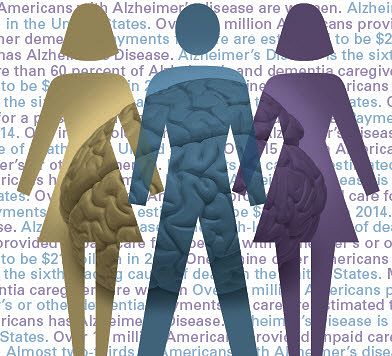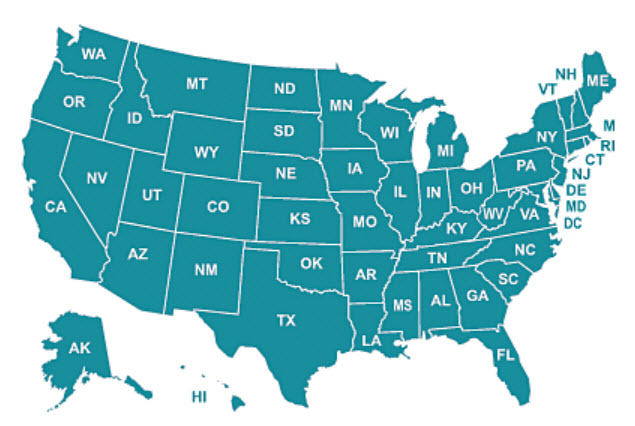Scientists disagree about the long-term consequences of head injury and whether it leads to Alzheimer’s disease later in life (see AlzRisk entry). It may vary from person to person, suggests a report in the January 7 Neurology. Scientists led by Ron Petersen and Clifford Jack from the Mayo Clinic, Rochester, Minnesota, found that in elderly people with mild cognitive impairment (MCI), previous head trauma, sometimes as early as childhood, translated to more Aβ in the brain later on.
“This suggests that in some people, trauma does increase risk of Alzheimer’s,” said first author Michelle Mielke. However, cognitively normal elderly who had a similar trauma history accumulated no more Aβ than controls without trauma. These seemingly disjointed results seem to hint that the long-term hazards of brain injury depend on the person, said Mielke. “Not everyone who has trauma will develop the disease.”
The findings support the idea that traumatic brain injury (TBI) joins a complex array of insults that can lead to Alzheimer’s, but does not cause it directly, said Murray Raskind, VA Puget Sound, Seattle, who was not involved in the study. “It adds to the evidence that traumatic brain injury lowers the threshold for the AD process,” he told Alzforum.
While some studies suggest that traumatic brain injuries heighten the risk of dementia (see Wang et al., 2012), others find no such association (see Dams-O’Conner et al., 2013). To probe possible mechanisms, scientists have looked at postmortem brains either soon or long after a person had an injury. Almost a third of these people die with significant tau and Aβ pathology (see Johnson et al., 2012). In-vivo biomarkers paint a complementary picture whereby after acute trauma, cerebrospinal fluid Aβ falls and tau rises (see Franz et al., 2003). Amyloid imaging results suggest that Aβ deposits stick around for up to a year or more (see Nov 2013 news story). However, researchers have scant data on longer-term consequences. Mielke and colleagues scanned peoples’ brains years, even decades, after trauma, to see if head injury led to more amyloid, impaired metabolism, or lower hippocampal volume later in life.
The researchers analyzed a subset of participants from the Mayo Clinic Study of Aging (MCSA), which recruited people aged 70 to 89 from Olmsted County, Minnesota, beginning in 2004. These volunteers, 589 in total, had undergone positron emission tomography imaging with Pittsburgh compound B (PiB) and fluorodeoxyglucose, as well as magnetic resonance imaging. They also self-reported any past instance of head trauma that involved at least a brief loss of memory or consciousness. Based on cognitive testing, the researchers divided the sample into 448 cognitively normal people and 141 with MCI.
Though comparable numbers of people from each group reported previous head trauma—17 percent in cognitively normal subjects and 18 percent for people with MCI—they differed with respect to how trauma predicted amyloid buildup. In cognitively normal people, amyloid accumulated to the same degree whether or not they had previously experienced an injury. However, in those with MCI, people with past brain injuries had 18 percent more amyloid in the brain, and a fivefold higher likelihood of a positive amyloid scan. Neither FDG-PET nor MRI measures correlated with head trauma.
The results imply that traumatic brain injuries lead to elevated amyloid in old age, but only in some. “We need more research to find out who is most vulnerable,” said Mielke. The researchers looked at whether ApoE4 heightened that susceptibility, but saw no relationship in the normal group, and could draw no conclusion from the MCI group because so few carried the risk allele. How much time had passed since the injury also seemed to have no influence. While those with MCI were older than the cognitively normal people, both groups averaged about 57 years between trauma and imaging. This means the former had no more time to develop pathology than the latter, Mielke said.
Curiously, people in the MCI group scored equally well, or poorly, in cognitive tests whether they had suffered head trauma or not. The authors noted that this would be unexpected if head trauma leads to AD. They pointed out that the most vulnerable may have been excluded from this study because they already had been diagnosed with Alzheimer’s. The study design, which relies on splitting the cohort into normal and MCI groups, by way of clinical criteria, precludes addressing that possibility. Likewise, it is possible that brain Aβ was normal in the control group because anyone with elevated levels of the peptide had already developed MCI, the authors wrote.
Longitudinal data will be key for probing the long-term effects of head trauma, Mielke said. While she and colleagues will continue to follow this particular cohort in the MCSA, which is expanding to include people as young as 50, the ideal study would monitor people continuously from the time of injury into older age and record their biomarker trajectory.
Researchers could then see if amyloid appears early on and is cleared, whether head trauma accelerates amyloid deposition as people age, and whether trauma increases risk of AD. Raskind agreed that prospective longitudinal studies in humans with recent head injuries and in transgenic animals will be needed to solidify a link between TBI and Alzheimer’s. Given that the two seem to be connected via pathology, if scientists better understand the brain’s response to TBI, they may gain important insights about AD as well, he told Alzforum. Tau pathology has also been linked to trauma and could be better assessed once imaging ligands for tau becomes available (see Nov 2012 conference story).
Samuel Gandy, Mount Sinai Medical Center, New York, cautioned in an email that with the currently available amyloid ligands, researchers may be unable to capture the full picture of amyloid in the brain. Imaging agents miss diffuse amyloid deposits, which make up the majority of those that occur after brain injury, he wrote.















